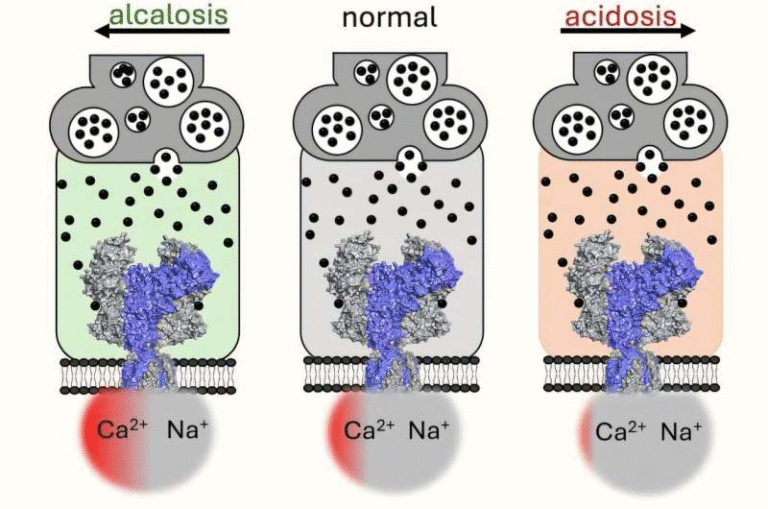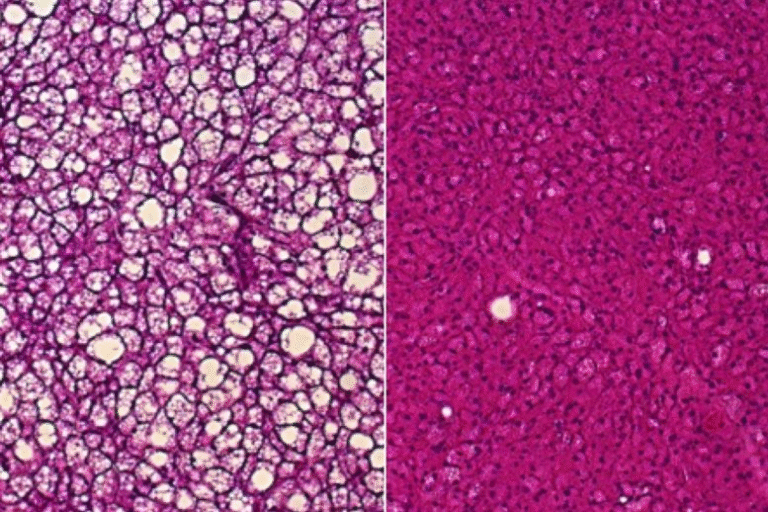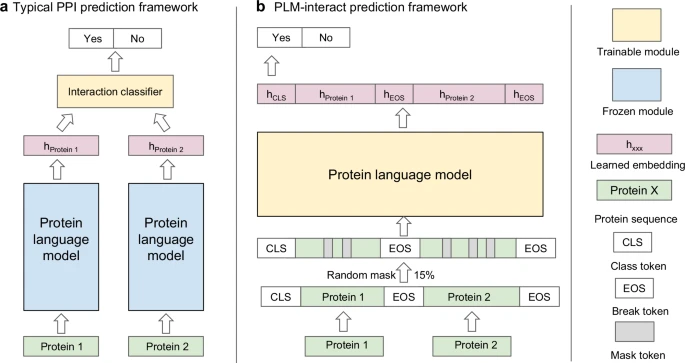Tiny Quantum Dots Could Transform Night Vision with Eco-Friendly Technology

Scientists from the NYU Tandon School of Engineering have unveiled a major breakthrough in infrared detection that could reshape how night vision devices are made. The team has developed eco-friendly “quantum inks” that remove the need for toxic heavy metals, making infrared cameras safer, more sustainable, and potentially much cheaper to produce.
Their work, recently published in the journal ACS Applied Materials & Interfaces, demonstrates how these new quantum dots can bring high-performance infrared sensing into industries ranging from self-driving vehicles to medical imaging and even consumer electronics.
The Problem with Toxic Metals in Infrared Technology
Infrared imaging is essential in fields like defense, navigation, security, and healthcare. However, the materials used in most existing infrared detectors rely on toxic heavy metals, including lead and mercury. These substances are highly effective for capturing infrared light but are increasingly restricted under environmental regulations because of their hazardous nature.
This creates a difficult situation for manufacturers: either continue using these metals and face regulatory barriers or comply with restrictions and risk losing performance. As a result, the spread of infrared technology into consumer and civilian markets has been slowed. This is especially problematic given the rising demand for infrared applications in everyday technology, including autonomous vehicles, smartphones, medical devices, and national security systems.
A New Path: Colloidal Quantum Dots
Instead of relying on conventional, costly fabrication methods where atoms are placed with extreme precision across detector pixels (a process similar to carefully building a puzzle under a microscope), the researchers turned to colloidal quantum dots.
Quantum dots are tiny semiconductor crystals that can absorb and emit light at specific wavelengths depending on their size and composition. In this case, the team used Ag₂Se (silver selenide) quantum dots. What makes their approach unique is that these quantum dots are prepared entirely in liquid form, similar to mixing an ink. The result is a material that can be applied using scalable coating techniques already widely used in industries like packaging and printing.
This solution-based process moves away from the atom-by-atom assembly of older methods, potentially slashing production costs and making large-scale commercial infrared cameras far more feasible.
Tackling Conductivity Challenges
One of the challenges with quantum dot films is making them conductive enough to transport signals generated by incoming light. The NYU team solved this issue through a process called solution-phase ligand exchange.
In quantum dots, the surface is coated with organic molecules called ligands. These ligands prevent the dots from clumping but can also act as insulators, blocking the flow of electricity. By replacing the long insulating ligands with shorter, more conductive ones, the researchers were able to create a smooth, uniform, and conductive quantum dot film.
Unlike traditional fabrication, which often produces cracked or uneven surfaces, this solution-based approach provides a single-step uniform coating, ideal for scaling up production without sacrificing performance.
Performance Achievements
The new detectors show impressive performance metrics that make them highly competitive in the field of infrared detection:
- They respond to infrared light on the microsecond timescale. For context, a human blink is hundreds of times slower.
- They can detect signals as faint as a nanowatt of light, showing remarkable sensitivity.
- The specific detectivity of the devices was measured at about 6.5 × 10¹⁰ Jones at 1200 nm wavelength, a strong result for a heavy-metal-free material.
- They achieved a 3 dB bandwidth of about 18 kHz, meaning they can handle relatively fast changes in light signals.
Although they do not yet surpass the absolute best heavy-metal-based detectors in every measurement, the performance is sufficient to show enormous promise. With further advances in quantum dot synthesis and device engineering, the researchers expect the gap to shrink.
Building on Previous Work: Transparent Electrodes
This isn’t the team’s first step in developing sustainable infrared technology. In earlier work, they created transparent electrodes using silver nanowires. These electrodes are highly transparent to infrared light while efficiently collecting electrical signals.
By combining the transparent electrodes with the new quantum dot detectors, the researchers now have solutions for both key components of infrared imaging systems:
- The quantum dots provide environmentally safe infrared sensing.
- The transparent electrodes ensure efficient signal collection without blocking light.
Together, these innovations open the door to large-area infrared imaging arrays, where millions of detector pixels work together to capture detailed images.
Why This Matters for Industry
The infrared imaging industry is at a crossroads. On one hand, regulations are tightening against the use of toxic heavy metals. On the other hand, demand for infrared technology is exploding. Applications such as driver-assistance systems in cars, smartphone sensors, and medical diagnostic devices all require infrared detectors that are safe, efficient, and affordable.
By offering a method to manufacture detectors using eco-friendly materials and scalable coating processes, this research directly addresses the industry bottleneck. It shows a path toward making infrared cameras cheaper and easier to produce without compromising compliance.
Beyond Infrared Detectors: A Quick Look at Quantum Dots
Since this work revolves around quantum dots, it’s worth briefly explaining what makes them special outside of night vision.
Quantum dots are nanoscale particles that can be tuned to interact with light across different parts of the spectrum by simply changing their size. They’re already used in quantum dot TVs, solar cells, LED lighting, and even in some medical imaging techniques.
The advantage of quantum dots is their versatility. Unlike bulk materials that have fixed properties, quantum dots can be customized at the nanoscale for specific applications. That makes them a key part of next-generation optoelectronic devices.
Other Alternatives in Heavy-Metal-Free IR Detection
While silver selenide quantum dots are a promising route, other groups are exploring different materials:
- Silver telluride (Ag₂Te) quantum dots have shown strong results in near-infrared imaging, achieving detectivity around 10¹² Jones and very fast response times.
- Indium arsenide (InAs) and indium antimonide (InSb) quantum dots are also being developed for short-wave infrared applications, though they involve more complex synthesis.
- Reviews highlight ongoing challenges in reducing noise, increasing stability, and scaling uniform arrays of detectors across large areas.
These materials and approaches highlight a global push to create safe, high-performance alternatives to toxic heavy-metal-based infrared detectors.
The Road Ahead
This new work from NYU Tandon is an important milestone, but it’s still an early stage. The devices demonstrate strong performance, but improvements are needed in:
- Noise reduction to compete with state-of-the-art heavy-metal-based detectors.
- Extending sensitivity deeper into the infrared spectrum, where very few eco-friendly materials currently perform well.
- Device uniformity and scalability, which are essential for mass-market use in large imaging arrays.
- Integration with CMOS electronics, since practical cameras need to be compatible with existing readout systems.
The progress so far suggests these challenges are solvable. The potential payoff is significant: affordable, sustainable infrared detectors that can be deployed in everything from cars to consumer electronics without regulatory concerns.
Why Readers Should Care
This breakthrough is more than just a laboratory curiosity. If successful, it could lead to night vision cameras in smartphones, eco-friendly sensors for autonomous driving, and safer thermal imaging devices for medicine and security.
Just as LEDs and solar panels transformed industries by offering efficient, scalable, and sustainable solutions, quantum inks could do the same for infrared imaging.
The research also demonstrates how much progress is possible when science focuses on both performance and sustainability. Solving today’s technological challenges often means finding not just better-performing solutions, but also cleaner and more scalable ones.
Reference
Research paper: Heavy Metal Free Ag₂Se Quantum Dot Inks for Near to Short-Wave Infrared Detection





